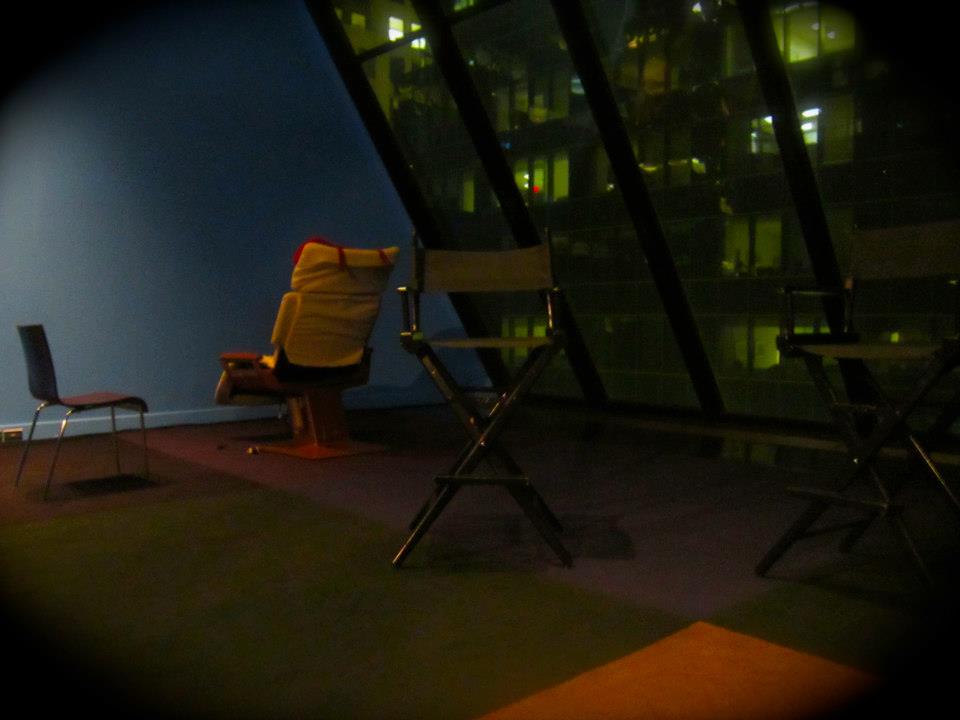Hypnotism and the theater have a long and well-known relationship, beginning with the public demonstrations by the imitators of Dr. Mesmer in the 19th century and proceeding to the present. I still remember the acts that came through the parts of the country where I grew up, in which ordinary people, at least ostensibly, were “put under” and made to perform tricks and roles to amuse the rest of us. Especially vivid is the memory of the velvet-voiced Australian who went by the name “Reveen”. I think in retrospect that his act must have included a plant or two to ensure his most startling and outré effects. Or maybe not, because hypnotism is a real phenomenon on a broad continuum of altered states and acts of psychological suggestion. This includes acting and spectatorship of the most elementary sort, at least by analogy, which is perhaps the hidden basis of certain more overt integrations of the theatre with the hypnotic motif. The “hypnotism scene” was a melodramatic mainstay of the 19th century, and Strindberg included one of the subtlest and most convincing of such conceits in the great Miss Julie.
All of which explains why I looked in on the third of 4 PREPARED DREAMS currently being presented by Joris Lacoste in the Sky Room of the French Institute. Actually, what one looks in on is a discussion of a dream that has already been privately performed by Lacoste, who sees himself as a hypnotist-performer, for his hypnotic subject, whom he sees as the spectator. Lacoste then interviews his subject about his or her experience, and that is what we watch. We see the set up, a reclining chair and a black dot on the wall (if our eyes are good enough), but none of the induction or the so-called performance. The “spectator” on the night I attended was Tony Conrad, a musician and filmmaker who, when I asked him if he had felt like a spectator, said that in the event he felt more like an actor in Lacoste’s play, a distinction he found telling. The story he acted in – or saw, as the case may be – had to do with becoming a cloud and making a storm, but also stirred up youthful memories and peculiar images, one of which – of his father at an age before Conrad was born – raised a few psychological issues for him. This structure is clearly parallel to psychoanalysis, with a subject telling an analyst his dreams and being given space and leave to interpret them.
Lacoste denies the parallel, rather naively, a limitation I attributed to an insufficient flexibility in his conception of what he is doing. He is committed not to fall into roles of which he disapproves, like “stage hypnotist” (hence the paying public doesn’t see the session itself and no post-hypnotic suggestions are planted) or “analyst” (hence his resistance to a paradigm that is too obvious to simply refuse). He probably ought to loosen up on the subject and let the roles develop as they will, organically and in interesting directions. Despite this reservation, the evening was intriguing and well attended; there is another one tonight with filmmaker Jonathan Caoutte as spectator, or actor, or patient, as you will, in whom will be induced a dream (so the program tells us) about looking for the steam room in a building shaped like a brain.
